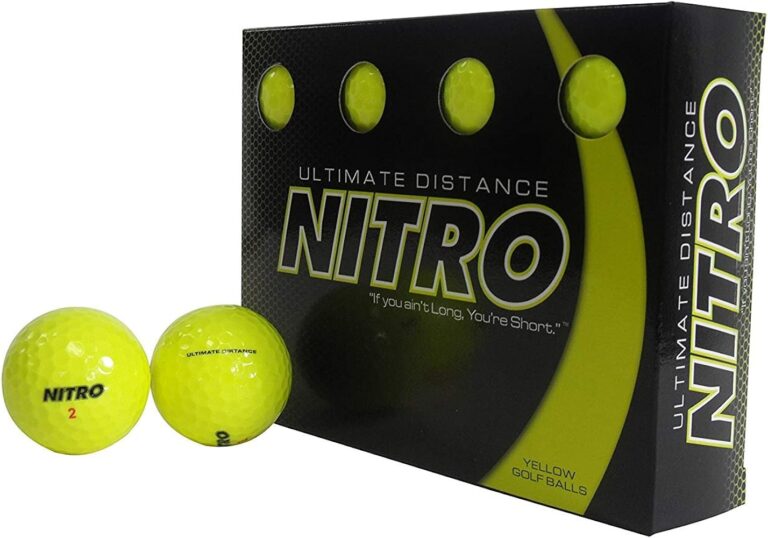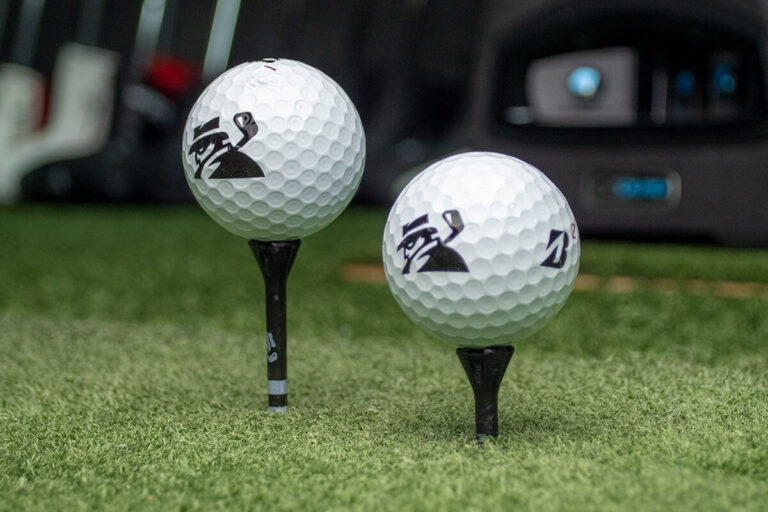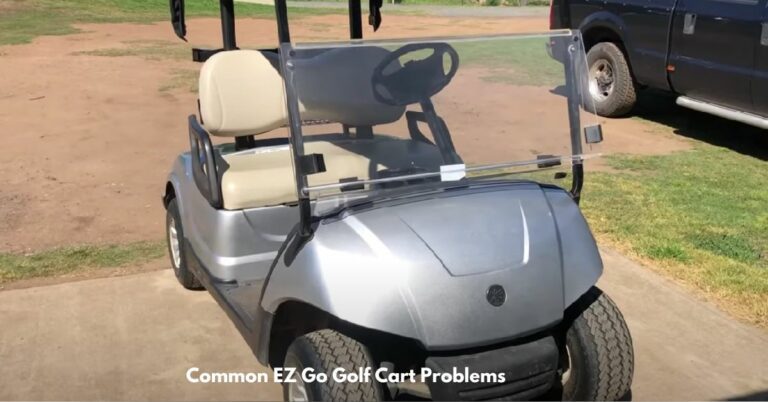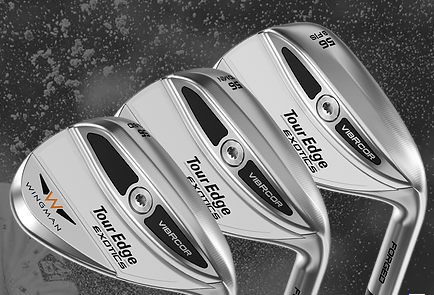S Grind vs W Grind: Perfecting Your Wedge Game
The S Grind vs W Grind features a full sole with straight trailing edge, ideal for firmer conditions and versatility in shot-making. The W Grind offers a wider sole for softer conditions and bunker play assistance.
Selecting the right wedge grind can significantly impact your short game strategy. Golfers often face the choice between the S Grind and the W Grind, each tailored for specific conditions and play styles. The S Grind is a go-to for players seeking versatility on firmer turf, providing a blend of heel and toe relief that facilitates a variety of shot types without compromising on full shot stability.
This makes it a popular choice among skilled players aiming to execute a wide range of shots around the greens. Conversely, the W Grind is designed with a wider, more forgiving sole, offering increased bounce that makes it particularly useful for softer conditions, sand shots, and steep attack angles. Beginners or players who struggle in bunkers might find the W Grind’s features helpful in improving their short game. Identifying the right grind depends largely on your playing environment, your swing style, and your personal preferences on the course.
Understanding Wedge Grinds
Golf enthusiasts know the importance of selecting the right wedge for their game. Understanding the difference between the S grind and W grind helps in making an informed decision. The basics of wedge grind options hinge on the sole configuration, which affects the club’s interaction with the turf.
The impact of grind on playability is significant, with each grind offering different levels of bounce and versatility. For example, the S grind features a moderate bounce angle, making it adaptable to various conditions and swing types. Conversely, the W grind offers a wider sole for increased bounce, benefitting players in soft conditions or those with a steeper attack angle.
Selecting the perfect wedge involves evaluating several criteria. Golfers should consider factors such as their swing type, the typical course conditions they play in, and their desired shot versatility. Knowing these variables will point towards the grind type that complements their game.
S Grind Characteristics
The S Grind, a preferential term among avid golfers, references a specific sole grind design tailored to versatility on the golf course. Its thoughtful creation leads to a moderately narrow sole combined with trailing edge relief, which is instrumental in maintaining sole contact with the turf, consequently allowing for smooth turf interaction. The design philosophy is anchored in crafting a grind that offers adaptability across a variety of playing conditions without sacrificing control and precision.
Golfers often find the S Grind to be exceptionally proficient during firm playing conditions where precision is paramount. The sole’s configuration is engineered to reduce digging, making it adept for players with a moderate attack angle. It’s particularly effective from tighter lies and is versatile enough to handle a myriad of course conditions.
When considering shot types, the S Grind shines across a range of shots, providing a trusty choice for full, open-faced, and pitch shots. Its reliability can significantly enhance performance on bunker shots as well, ensuring the clubhead glides through the sand without excessive drag. This versatile grind is an asset for golfers looking to execute a plethora of shots with precision and consistency.
W Grind Features
The W Grind stands out with its broad and full sole design, tailored to assist golfers when playing in softer conditions. This grind provides an increase in bounce, making it ideal for players who have a tendency to take large divots or who are faced with sand or turf that is soft. The wider sole works to prevent digging, offering a smoother glide through sand or grass.
For those seeking versatility, the W Grind is a sound choice, as it enables a variety of shot types. Its design is suited for square face shots, making it a reliable option around the greens, and the additional bounce offers forgiveness on chips, pitches, and flop shots. This grind is well-suited for golfers with a steeper angle of attack who play in courses with plush turf and bunkers with fine sand.
W Grind Performance shines in conditions where a little extra help is required to avoid excess digging and to ensure clean contact. It’s a grind that adapts to a golfer’s needs, with capabilities that support a wide array of scenarios on the course.
Comparing S And W Grinds
The key differences between S grind and W grind in wedges revolve around the sole design, which impacts performance on various shots. The S grind features a trailing edge that is ground closer to the sole, offering greater versatility for skilled players who like to open the clubface without affecting the leading edge. It’s ideal for firmer conditions and tighter lies.
In contrast, the W grind has a wider and more forgiving sole, making it excellent for softer conditions or players with a steeper angle of attack. This design provides better playability from bunkers and deep rough.
Considering the golfer’s swing type, the S grind suits golfers with a moderate to shallow swing, while the W grind is more favorable for those with a steeper swing. Golfers should evaluate their swing characteristics to choose the appropriate grind for their game.
When discussing terrain adaptability, S grinds perform better on tighter, firmer terrains due to their reduced sole width, while W grinds have an advantage in soft and challenging terrains where a wider sole helps to prevent excessive digging.
S Grind Wedges In Action
S Grind wedges are favoured by many professional golfers for their versatility. These wedges feature a moderate bounce angle combined with a heel and toe relief, allowing for playability on various turf conditions. Top players often utilise S Grind wedges when faced with firm playing surfaces or tight lies, where precision and a delicate touch are paramount. The grind enhances performance by enabling the golfer to maintain a square face through impact.
To excel with the S Grind, incorporating specific techniques into practice routines can be beneficial. This includes working on a variety of shots around the greens, such as chip shots, bunker shots, and flop shots. Mastering these techniques ensures golfers can effectively leverage the S Grind’s design features, maximizing both control and consistency.
In terms of course scenarios, the S Grind shines in conditions that call for shot-making precision and versatility. Some scenarios where the S Grind proves to be especially handy include dry, fast greens and tight fairway lies. The grind’s balanced bounce helps to minimize digging and provides a smooth interaction with the ground, enabling cleaner contact and improved shot outcome.
W Grind At The Golf Course
W Grind clubs are favored by tour professionals for their versatility in various course conditions. Offering a wider sole with increased bounce, these clubs excel in sand traps and lush roughs. Players often find that the W Grind provides a level of forgiveness, particularly when executing bunker shots or hitting from thick grass.
Embracing the W Grind can lead to improved performance by focusing on controlled swings and considering the club’s sweeping action. A deliberate approach allows golfers to make the most out of the grind’s design features during play. Golfers aiming to integrate the W Grind into their game should practice with various lie conditions, adjusting their technique to harness the grind’s full potential.
| Obstacle | W Grind Solution |
|---|---|
| Sand Bunkers | Utilize the wide sole for stability and float |
| Thick Roughs | Deploy the extra bounce to reduce turf drag |
| Fairway Shots | Apply a shallower angle of attack for cleaner contact |
Making The Right Choice
Assessing your playing style is fundamental before selecting a grind option for your wedges. Golfers with a steep angle of attack, often resulting in deep divots, may benefit from an S Grind, which offers versatility without excessive digging into the turf. Conversely, those with a shallower swing may prefer a W Grind, as it provides a wider sole for smoother interaction with the ground and enhanced playability from sand and rough.
Fitting a grind to the course layout you frequently play can be game-transforming. Courses featuring firm conditions, tight lies, or heavy sand require wedges that can be manipulated easily without too much bounce interference. An S Grind would be preferable in such scenarios. In contrast, lush, soft courses with fluffy sand would see a golfer wielding a W Grind wedge that glides through the turf and prevents digging.
Tailoring your wedge selection to your individual skill set and preferred shot types places emphasis on the subtleties of each grind. Players often favor an S Grind for its ability to execute a multitude of shots. Those seeking forgiveness, particularly in bunker play or heavy rough, might find the wider sole of a W Grind to be more accommodating.
Keeping Your Wedges Game-ready
Maintaining your wedges is crucial for optimal golf performance. Regular cleaning is a must, ensuring no dirt or grass is impacting the clubface grooves. Utilizing a stiff wire brush can keep those grooves free of debris and preserve the integrity of the ball spin. It’s also essential to check the grip condition, as worn grips can affect your swing. The right time to replace your wedge is when you notice a significant decrease in performance, which typically manifests as a loss in spin and control. For those using S and W grinds, integrating specific practice drills can greatly enhance proficiency. For S grinds, focus on full shots from the fairway that promote clean contact and consistent divot patterns. For W grinds, work on sand shots and lob shots to utilize the wider sole effectively during play.
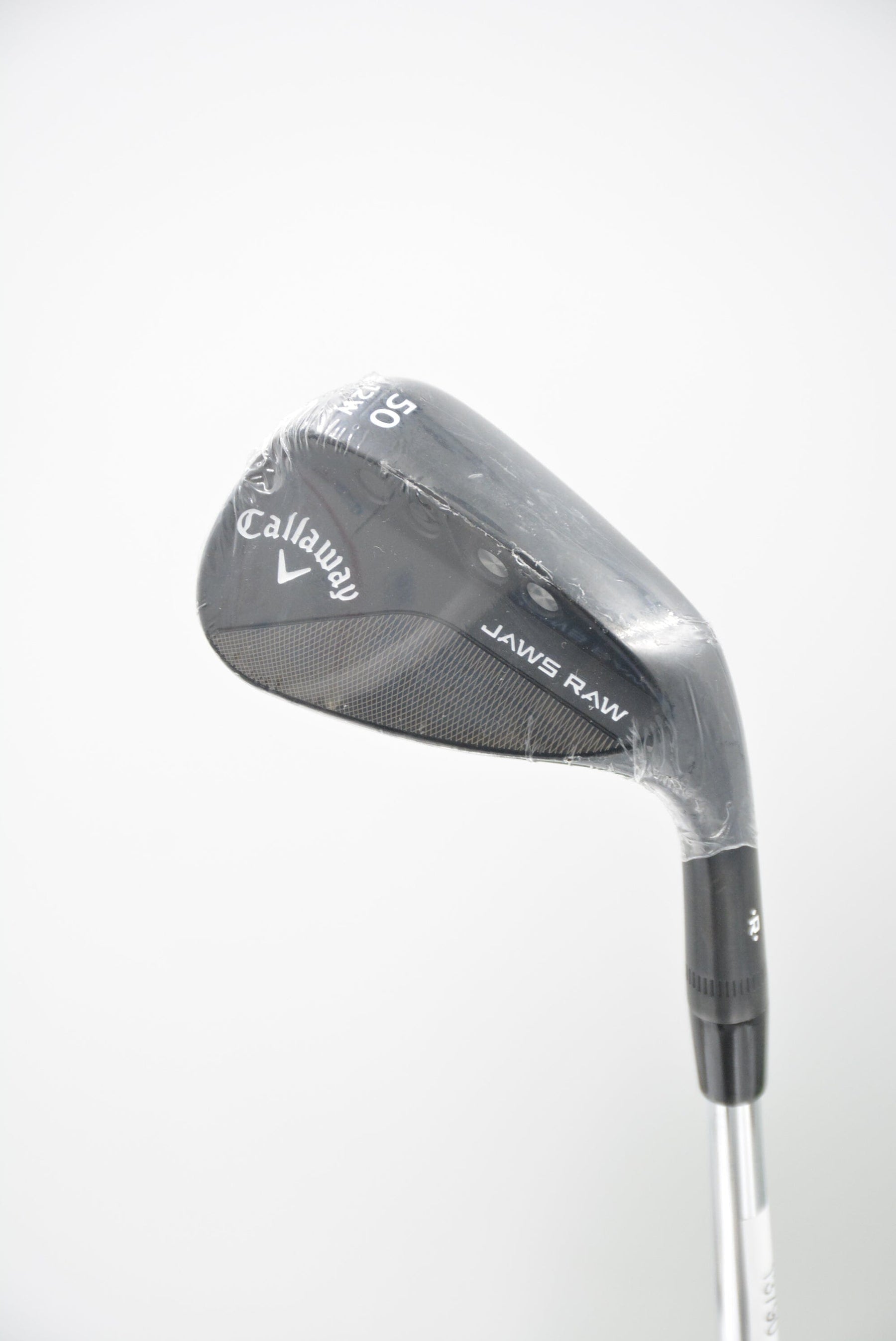
Credit: golfroots.com
Frequently Asked Questions For S Grind Vs W Grind
What Is An S Grind In Golf?
The S Grind is a type of wedge sole designed by renowned club maker Bob Vokey. It features a moderate heel relief, allowing versatility on the fairway, rough, and for flop shots. Ideal for players with a moderate attack angle and average turf conditions.
How Does A W Grind Benefit Golfers?
A W Grind wedge has a wider sole which provides greater bounce, making it well-suited for soft turf and sand. This grind offers forgiveness on bunker shots and helps to avoid digging, benefiting golfers with a steep angle of attack or those who play in softer conditions.
Can S Grind Wedges Improve My Short Game?
Yes, an S Grind wedge can improve your short game by providing a versatile sole that works well for a variety of shots. It is especially suitable for players with a more neutral swing type and typical course conditions.
When Should I Use A W Grind Wedge?
Use a W Grind wedge when playing on soft turf or in bunkers, as the wide sole helps to glide through the sand without digging in. It’s also ideal for golfers with a steeper swing who need help avoiding excessive digging on full shots.
Conclusion
Selecting the right wedge grind, like the S grind or the W grind, boils down to your playing style and course conditions. A thoughtful choice can significantly improve your short game. Remember, practice is just as crucial as the equipment itself. Tailor your wedge selection to your technique, and watch your scores drop as your confidence on the green grows.

